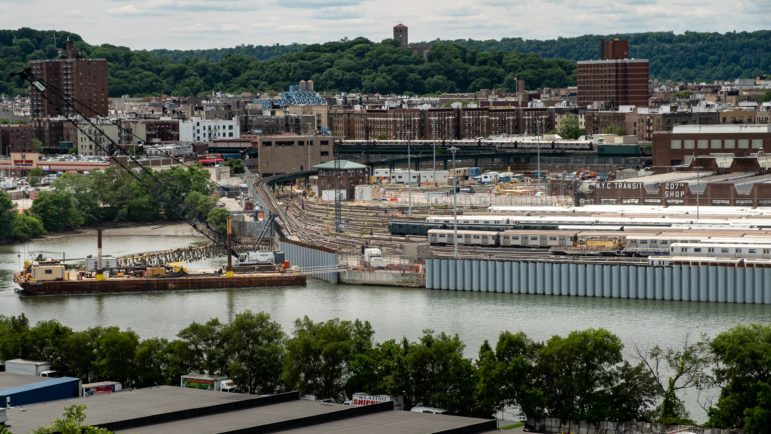
Adi Talwar
A mid June 2020 view of the on going Yard Flood Mitigation project at Metropolitan Transportation Authority’s 207th Street train yard facility.As COVID-19 swept through New York City, some of the city’s environmental resiliency plans and programs, like many other city initiatives, suffered some momentary setbacks as the city paused to combat the virus outbreak.
Now, as New York City begins Phase One of reopening, the full effect of the pandemic on the city’s environmental efforts are still unknown, especially as the city enters into an economic crisis.
By the end of June, the New York City Council and Mayor Bill de Blasio will have decided on the city’s budget for the 2021 fiscal year, complete with budget cuts that may affect programs under de Blasio’s environmental plan, OneNYC. The budget cuts could force agencies tied to the plan to rethink some of their near-term goals that were set to be completed by the end of this year and 2021.
Daniel Zarrilli, the OneNYC Director and Chief Climate Policy Advisor for the Office of the Mayor, says that de Blasio and the City Council have confirmed that they remain committed to funding the city’s fight against the climate crisis. Currently the city has invested $20 billion into OneNYC.
However, Zarrilli says that while he cannot share specifics yet, impacts on environmental plans and programs are inevitable. While the city has not lost sight of the importance of the climate crisis, Zarrilli says, the timeline and approach to reaching some of the goals are dependent on the budget.
“We’re doing the things to make sure that we’re still on track for these goals,” he says. “And if we have to make different near-term goals, well, that might play itself out in this, but it doesn’t lessen the commitment to the targets and might require us to think about different pathways to get there.”
The agencies working with OneNYC, Zarrilli says, are also still committed to reaching long term goals like the city reducing carbon emissions by 100 percent by 2050 and the city running on clean electricity by 2040 on time.
The impact of cuts and delays
Some agencies tied to the city’s climate crisis response have already suspended some of their programs or are now facing budget cuts. The Department of Sanitation, for example, suspended their composting program until June 2021 and the Parks and Recreation Department is facing a potential budget cut of $38 million.
Other projects are facing some delays as the city opens slowly.
The South Battery Park City Resiliency Project, which is headed by the Battery Park City Authority, was set to start construction this summer and continue throughout 2020, but because of delays driven by the pandemic, the project’s visible, onsite construction will now likely start during the beginning of 2021.
The South Battery Park City Resiliency Project is meant to be the start of four Battery Parks City’s Resiliency Projects which are meant to protect parts of Lower Manhattan from rising sea levels and threats of storm surge. In total the projects are estimated to cost about $300 million.
The project’s construction will create a continuous series of flood barriers starting at the Museum of Jewish Heritage, running through Wagner Park, across Pier A Plaza, and then along the northern border of Battery Park.
The South Battery Park Pile Remediation Project, which is supposed to happen before the start of the full resiliency project, will still happen sometime in 2020. The Pile Remediation Project will encase the concrete supports driven into the riverbed in fiberglass lined with an epoxy-based grout in order to help protect them from wear and tear as they continue to hold up the park’s esplanade.
The Department of City Planning, which is currently in the middle of creating a Comprehensive Waterfront Plan also faced some delays as they had to rethink the community engagement portion of the plan’s creation process when the pandemic hit. Now they engage the community through virtual events and tours of the city’s waterfronts every Wednesday and Friday.
Goals and gaps
Even with some projects experiencing delays, OneNYC has reached some goals during the pandemic.
On May 15, Gov. Cuomo rejected the permit to build the controversial Williams Pipeline. OneNYC had advocated against the construction of this pipeline, which would have increased the city’s dependence on fracked natural gas for its energy and negatively impacted New York’s water-quality by stirring up sediments and other contaminants if built.
OneNYC has also moved to protect vulnerable communities from extreme heat by launching the Get Cool NYC program on May 15. Phil Ortiz, a spokesperson for the Mayor’s Office of Resiliency, says the program will “provide 74,000 free air conditioners for low-income seniors this summer, helping to keep them cool and safe at home during the pandemic. ”
Though OneNYC has made some headway with their projects and plans, Annel Hernandez, the associate director of the New York City Environmental Justice Alliance, says that even before the pandemic the city was still very far from meeting its goal of creating a green and sustainable city.
“One NYC has a lot of great ideas and proposals but what we have seen is that when it comes to actualizing these projects and when it comes to implementing these projects, it’s falling way behind in terms of timelines, in terms of just the levels of investments, in terms of the incorporation of community input,” she says. “And for us, it’s been really disheartening to see that.”
Many of these plans, Hernandez says, have left behind communities outside of Lower Manhattan that are also negatively impacted by coastal resiliency issues. She points out that in 2019, de Blasio announced that the city would fund waterfront resiliency projects in Lower Manhattan, that are estimated to cost around $10 billion.
Hernandez says that areas like East Harlem and Newtown Creek, which are prone to flooding, have only received funds for a feasibility study to outline the clean-up efforts needed, but after the study was completed there were no additional commitments to real investments. Newtown Creek, which lies between Brooklyn and Queens, is a Superfund site, and so it poses potential health risks to the surrounding area if the heavily polluted site were to flood.
“It was just such a disconnect,” says Hernandez. “How are you not investing in you know vulnerable communities of color, but somehow you can make a $10 billion commitment to lower Manhattan?”
In response, Ortiz says in an email that the city’s coastal resiliency strategy is advancing major projects across all five boroughs. The project will focus on neighborhoods hit the hardest by Hurricane Sandy and those that will face the greatest flooding threats in the future. Some of the projects, Ortiz says, include the $615 million Staten Island Coastal Storm Risk Management Project, the nearly $600 million Rockaway Reformulation project in Queens and the $1.45 billion East Side Coastal Resiliency Project to protect the Lower East Side.
“The city’s largest funded project in Manhattan – East Side Coastal Resiliency – will protect a highly vulnerable and incredibly diverse neighborhood that is home to tens of thousands of low-income NYCHA residents,” he adds.
Some of these projects received funding from both the city and the federal government. The Staten Island Coastal Storm Risk Management Project received $400 million from the Army Corp of Engineers, $250 million from New York State and $65 million from the city. The Rockaway Reformulation project in Queens received its $600 million in funding from the Army Corp of Engineers.
While she commends the start of these projects, Hernandez says she still sees a lack of commitment to funding outer borough resiliency projects in East Harlem, Newtown and even the South Bronx. With looming budget cuts because of the pandemic Hernandez, she is doubtful that these projects will receive any new funding commitments. “I am very concerned about how the New York City budget austerity measures are going to impact a lot of these climate resiliency efforts that were already under funded.”
There is particular concern over the fact that the Army Corps of Engineers suspended their New York and New Jersey Harbor and Tributaries Focus Area Feasibility Study due to a freeze in funding from the federal government.
This feasibility study, which began back in 2016, was supposed to be a six-year, $19 million analysis, looking into what kind of resiliency initiatives communities in New York and New Jersey can implement to protect themselves from damage if another Hurricane Sandy were to happen.
Threats aren’t on hiatus
Even now as New York edges into recovering from the pandemic and dealing with its economic fallout, the Atlantic hurricane season wares on- during which there is always the risk of another devastating storm.
Kate Boicourt, the director of resilience at the Waterfront Alliance, says that while she commends the mayor and city officials for taking steps in the right direction, NYC is still unprepared to handle current waterfront issues or the scale of the next waterfront disaster.
“We need to make sure that we’re not only prepared for the next Sandy but that we are really looking seriously at what we need to do to adapt to long term flooding and sea level rise—in a manner that is equitable and just, and, and smart,” she says.
Boicourt adds that with more and more people becoming vulnerable to flooding the city has to implement a more robust plan for infrastructure resiliency across the five boroughs that is developed in partnership with communities.
In 2019 the city released its Climate Resiliency Design Guidelines, with ways for engineers, architects, and planners to integrate future climate data into their designs. But the guidelines, which were developed by the New York City Panel on Climate Change, are not mandatory.
Boicourt says she believes the city should strengthen the guidelines as well as making them mandatory for all housing developments and other infrastructures being built, especially after Hurricane Sandy.
“They still lack a broad framework for how we adapt or plan. And without that, we kind of end up with a bunch of elevated buildings with moats, without adjusting the street framework and everything around it,” Boicourt says. “It’s not going to work.”
OneNYC is set to release a progress report in July, detailing what progress has been made toward their goals, the impact of the virus on their plans and the role of OneNYC in the city’s recovery process.



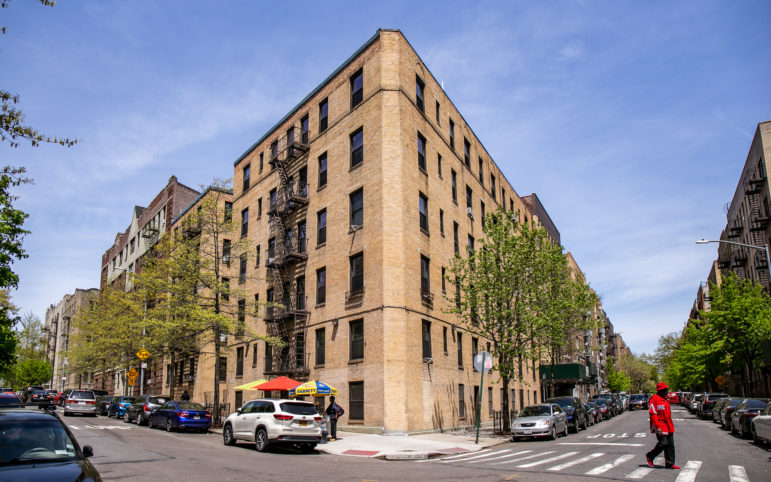
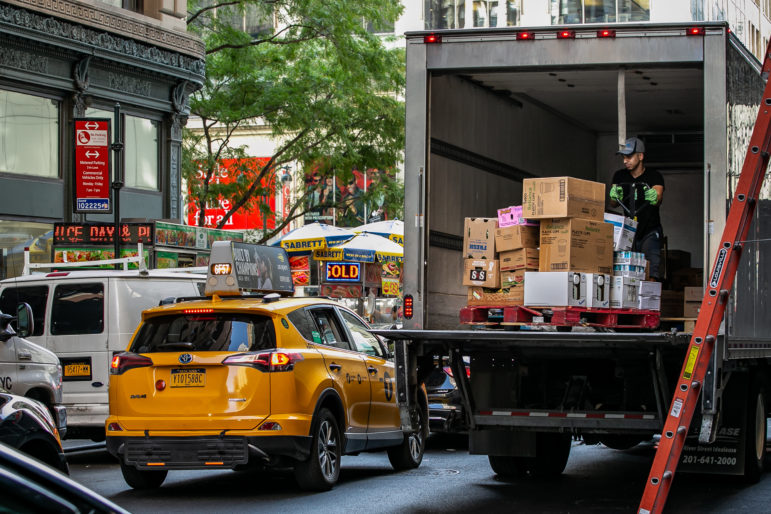
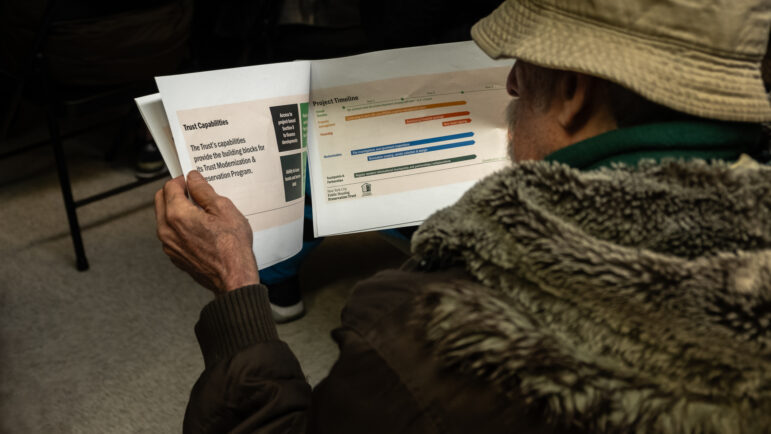
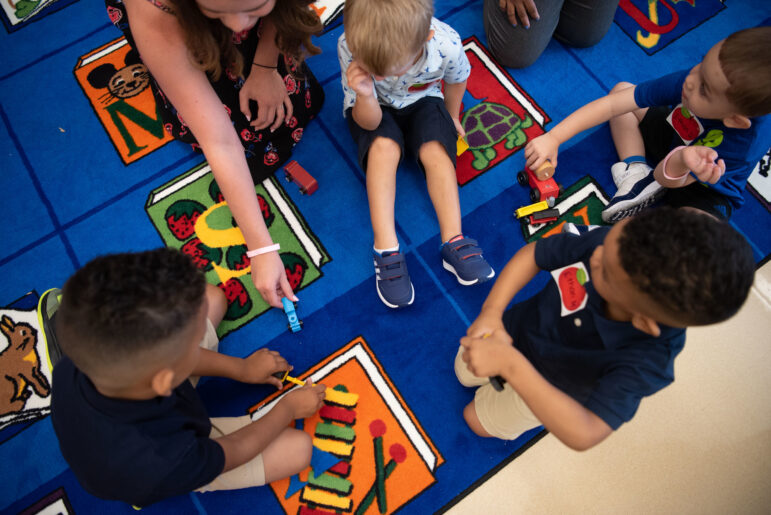
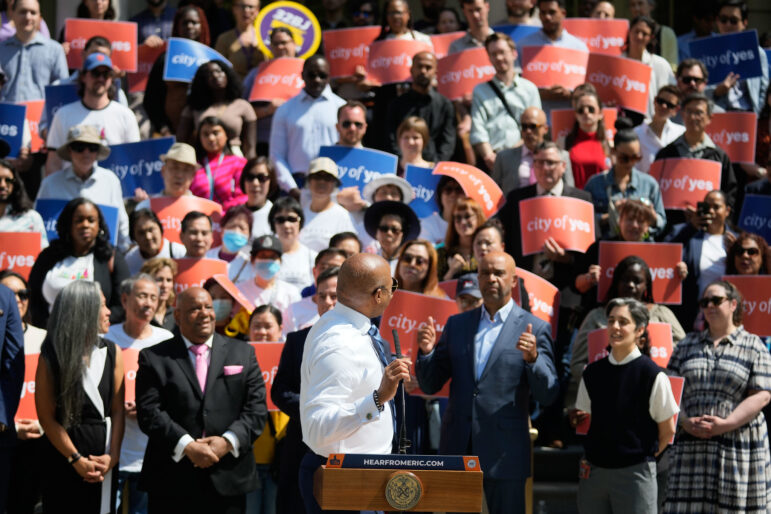


2 thoughts on “Steps to Boost Climate Resiliency Hit by Delays and Cuts, Thanks to COVID-19”
The East Side Coastal Resiliency project is supposed to protect our vulnerable, diverse neighborhood, as you point out, but to do so, it’s going to demolish a 1.2 mile much-used East River Park. It’s the only open space around. There will be no flood protection for years while the city bulldozes the park, builds a giant levee and puts the park back on top. The timeline is three until there’s flood control and five years to regain a park–though one without the 1,000 mature trees that are there now.
Who believes this project could happen on time? Within budget? Our unwealthy side of the Lower East Side and East Village is going to be screwed out of our park and still be vulnerable to flooding for years. https://eastriverparkaction.org/
The ESCR project must be paused and reconsidered during an ongoing pandemic. Killing over a thousand mature trees then dumping 8 feet of particulate matter will ADD to air pollution, which is already a problem for our neighborhood, flanking FDR drive. Numerous studies have shown that Covid-19 has had a disprorortionate impact on communities like our Lower East Side, and air pollution is directly linked to Covid-19 morbidity. So the very green space that aids us now (already in short supply, per capita, in the LES) is slated for bulldozing in just a few months. @CarlinaRivera, losing the trees that filter and cool our air, and breathing in the construction debris to come, will lead to more Covid-19 deaths, higher temperatures, and less green space for our community in the years if not decades to come. Do #BlackLivesMatter or don’t they? Give us interim flood protection as we endure the current multiple crises of health, economy and racial injustice. Let’s go back to a 21st century resiliency plan instead of the Mayor’s retrogressive Robert Moses ESCR cruelty.